Icewind Dale: Rime of the Frostmaiden is all about horror and eerie encounters in the snowy wastes—with a few lighthearted interludes thrown in to keep the tone adventurous. Still, just like how reading the Wikipedia summary of a horror movie isn’t scary, running a horror encounter as-written isn’t enough to scare and excite your players. As a DM, you need to know how to create a mood of dread with your words, your atmosphere, and your players’ buy-in.
Creating Horror through Voice
The main way that Icewind Dale: Rime of the Frostmaiden creates horror is through words. It’s a book, after all, that makes sense! Many of the right words have been handed to you on a silver platter, through boxed text and in descriptive text. If you want to know how to say words in a way that absolutely drips with malice and malevolence, listen to films and radio dramas by the old masters of horror: Boris Karloff, Christopher Lee, Peter Cushing, and Vincent Price, to name just a few. Try to emulate the way they say words. Feel the weight and cheeky darkness that fills every syllable. Listen for the timing of their phrases, how they pause ever so slightly upon certain words to add drama to what they’ll say next.
Their delivery may feel campy or overwrought these days, but D&D is a game well-suited to a little bit of B-movie cheese. Rime of the Frostmaiden may have been inspired by films like The Thing and books like At the Mountains of Madness, but you can use your words and tone of voice alone to inject some gently campy, Hammer Horror-style spookiness into your game.
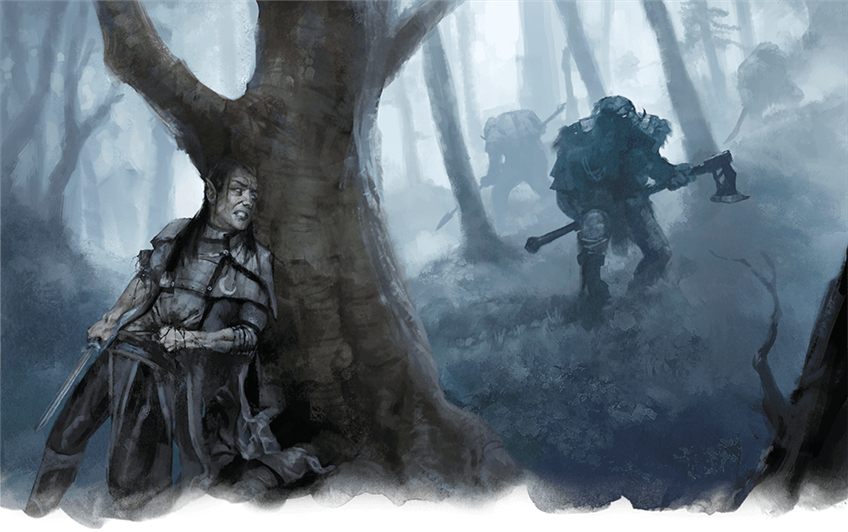
Creating Horror through Atmosphere
Music, temperature, isolation, and lighting all contribute to horror. Imagine watching a scene from your favorite movie, but the quiet, discomfiting soundtrack of discordant strings and atonal bells is replaced with silence. Even though silence can be scary in its own right, it can feel like there’s something missing. Music is a powerful tool in the hands of a Dungeon Master, and you can use it to create tension, pulse-pounding panic, or any number of other powerful emotional sensations within your players. Using tools like Syrinscape or even just an MP3 player hooked up to a Bluetooth speaker can transform your gaming room into a chamber of claustrophobic horror.
By using lights, you can amplify this effect even further. Colored LEDs are somewhat over-the-top, but by installing a few color-changing lights, you can invoke the chilly blues of Icewind Dale when your players venture onto the ice fields, or turn up a warm red tone when they’re relaxing in an inn in Ten-Towns. You can even use the transition between “normal” lighting and colored lighting to mark when you’re playing and everyone should focus versus pre-game, post-game, and break time.
Of course, if using color-changing lights is an unnecessary extravagance, you can still use lights to create tension. Keeping a light above your table, and dimming the lights around your table, can create the feeling of being in a smaller space than you actually are. That alone can be enough to evoke feelings of fear—or at least of the game being “serious business.”
If you’re playing D&D remotely—as many people are during the COVID-19 pandemic—it may be hard to create an immersive atmosphere of eerie darkness and isolation. This is mostly because players are sitting in the comfort of their own rooms, in bright lights, and there’s no spooky music being piped into their headphones. But it’s also because playing D&D digitally is inherently distracting. It’s hard for players to focus in and hang upon your every haunting word when they have a web browser open, there are pets or family members vying for their attention, and the clutter of their everyday lives are intruding upon their gaming space.
If you’re in this unfortunately (and likely) circumstance, focus on highlighting the immersive elements that you can control. During play, use your video call service (like Zoom or Discord) to send your players images of the dark, frigid, and agoraphobic wastes of Icewind Dale, and of the grisly and gruesome creatures that long to tear them limb from limb. Use virtual tabletop tools to use maps (even if you don’t track movement tactically) to better ground them in the world that they’re living in.
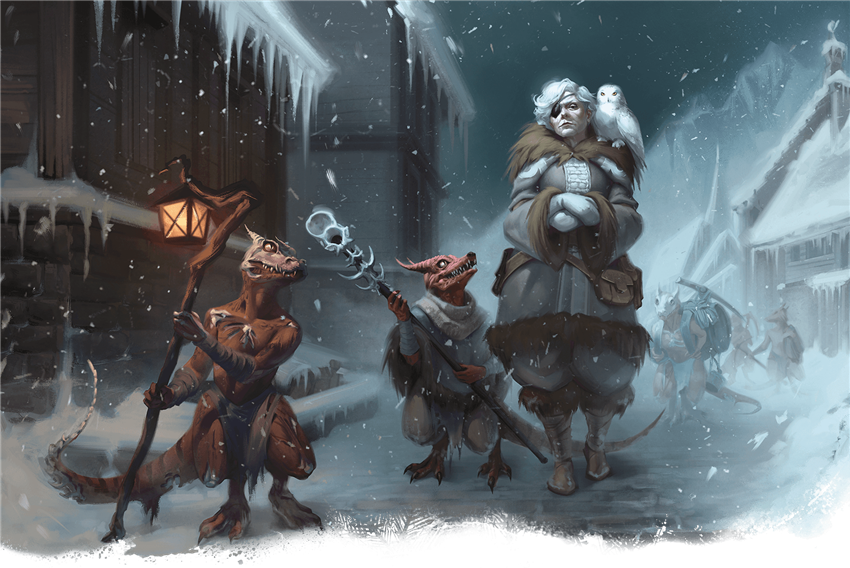
Creating Horror through Player Buy-In
D&D is a game of collective imagination. The more players want to be scared, the more likely they will dream up images that will scare them. Even players that don’t want to be scared a lot will have fun as long as they’re willing to be scared a little. One thing that you need to establish from the very beginning is that everyone you’re playing this adventure with will have fun being scared. If there are players that want to opt out of horror entirely, then all the hard work you’ve done with your voice and with the atmosphere will be for naught.
While playing D&D, emotions are a force multiplier. One person loving the horror is fun, but two people engrossed in the macabre is more than twice as fun, and three is more than three times as fun—and so on. If all of your players but one are loving the spooks, but that one person is adamantly opposed to being scared, it’ll bring down the overall fun of the group, not just their own fun. This isn’t to cast the anti-horror player in a villainous light; they’re just in a game that doesn’t suit their playstyle.
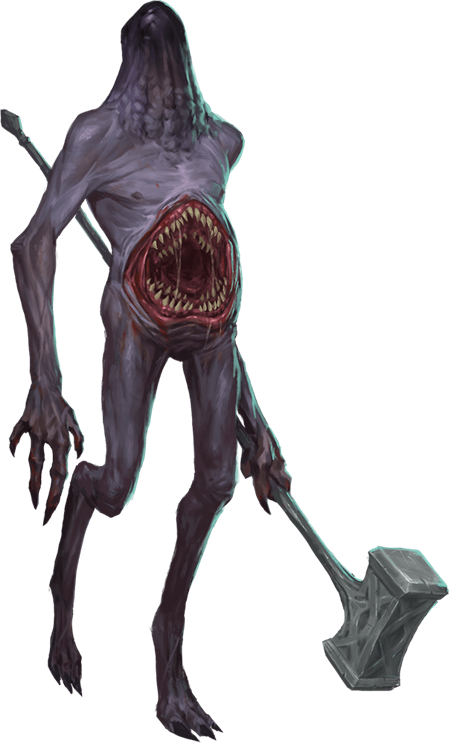 The best thing you can do to ensure that everyone has a good time from the start is to call a session zero and discuss what you and your players like about the horror genre and what you dislike about it. What horrific themes are fun for everyone to explore, and which ones are so deeply unpleasant that touching on them in-game would make the game worse. Icewind Dale: Rime of the Frostmaiden includes horrific elements including:
The best thing you can do to ensure that everyone has a good time from the start is to call a session zero and discuss what you and your players like about the horror genre and what you dislike about it. What horrific themes are fun for everyone to explore, and which ones are so deeply unpleasant that touching on them in-game would make the game worse. Icewind Dale: Rime of the Frostmaiden includes horrific elements including:
- Alien gestation (chestburster-style)
- Buried alive (under an avalanche or a cave-in)
- Brainwashing
- Freezing to death
- Inbreeding and deformities
- Longing for death
- Madness
- Missing limbs and extremities (from frostbite)
- Murder
- Possession
You may find other elements that you want to talk with your group about as you play through the game. Even though it “spoils” a big reveal, it’s worth holding a supplemental Session Zero to talk about new horrific content that you want to include to make sure that no one in your group has a major (or minor!) phobia that they haven’t told you about.
If you ever find yourself worrying that one or more of your players aren’t enjoying the genre of game you’re running, it may be incumbent upon you as the Dungeon Master to talk to them. Initiating conversations like this can be stressful, since you don’t want to come into emotional conflict with your friends, but calling up a new Session Zero and talking out any problems that you think have arisen will save you a lot of awkwardness and unhappiness in the long run.
Don’t Forget to Break the Tension
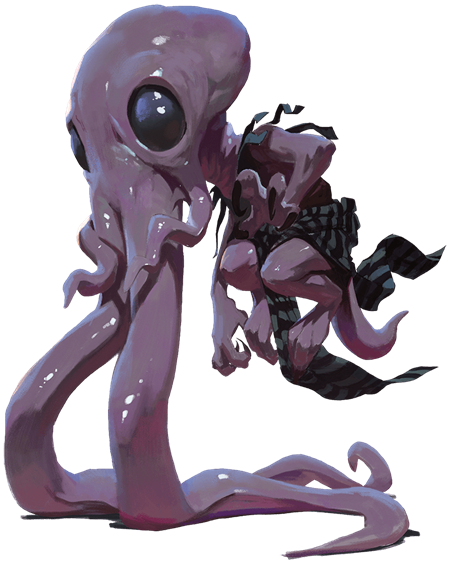 Don’t let your horror campaign become a dirge! If your campaign is a pressure cooker of tension and despair the entire time, you and your players will start to feel stressed out—and not in a fun way. Fortunately, it’s the natural state of D&D players to want to make jokes and have lighthearted fun while playing, and Icewind Dale: Rime of the Frostmaiden encourages those instincts every now and then by including moments of humor amidst the suspense.
Don’t let your horror campaign become a dirge! If your campaign is a pressure cooker of tension and despair the entire time, you and your players will start to feel stressed out—and not in a fun way. Fortunately, it’s the natural state of D&D players to want to make jokes and have lighthearted fun while playing, and Icewind Dale: Rime of the Frostmaiden encourages those instincts every now and then by including moments of humor amidst the suspense.
Finding the perfect balance between tension and levity is no easy task, and the correct ratio of each is different for every group—and every person! The only way you’ll be able to get it right is by trying things out and learning from your mistakes. You (or a friend) might break the tension just before a major reveal, and deflate a moment you worked hard for. This is a bummer, but unless it happens all the time, it’s not a problem. If your campaign is plagued by constant tone issues, it’s probably worth revisiting your Session Zero and talking this out with your players. Constantly breaking the dark tone of the story might be a sign that your players really just want to play a more lighthearted adventure—or, it could be a series of unfortunate tonal mismatches. The only way to know is to talk it out like friends.
What kind of spooky stories are you most excited to tell in your D&D campaign? Let us know in the comments!
Create A Brand-New Adventurer Acquire New Powers and Adventures Browse All Your D&D Content
 James Haeck is the lead writer for D&D Beyond, the co-author of Waterdeep: Dragon Heist, Baldur's Gate: Descent into Avernus, and the Critical Role Explorer's Guide to Wildemount, a member of the Guild Adepts, and a freelance writer for Wizards of the Coast, the D&D Adventurers League, and other RPG companies. He lives in Seattle, Washington with his fiancée Hannah and their animal companions Mei and Marzipan. You can find him wasting time on Twitter at @jamesjhaeck.
James Haeck is the lead writer for D&D Beyond, the co-author of Waterdeep: Dragon Heist, Baldur's Gate: Descent into Avernus, and the Critical Role Explorer's Guide to Wildemount, a member of the Guild Adepts, and a freelance writer for Wizards of the Coast, the D&D Adventurers League, and other RPG companies. He lives in Seattle, Washington with his fiancée Hannah and their animal companions Mei and Marzipan. You can find him wasting time on Twitter at @jamesjhaeck.








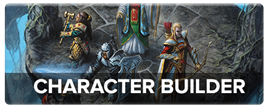
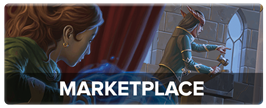
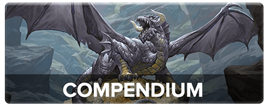
-
View User Profile
-
Send Message
Posted Sep 18, 2020How could I tone down some horror while still keeping the darkness
-
View User Profile
-
Send Message
Posted Sep 18, 2020Second!!! I usually don't use music (I have a playlist for D&D, but nobody actually appreciates it, but I like to have it) or effects, when trying to convey terror I have to rely on the player's involvement as well as my descriptive capabilities (which usually aren't very good without block text). So it's good to establish that you're running a horror campaign beforehand during Session Zero. Most of my campaigns are heroic fantasy, but I'm looking to run a dark fantasy sandbox campaign sometime. Thanks, James!
-
View User Profile
-
Send Message
Posted Sep 18, 2020only one person i play with uses music but i think this is a good article and i have the reverse problem
-
View User Profile
-
Send Message
Posted Sep 18, 2020Play up the isolation, the dread, the loneliness of the desolate atmosphere.
-
View User Profile
-
Send Message
Posted Sep 18, 2020For anyone in need of Music and is using Discord for virtual Games; Use Groovybot! You can play various different tracks that everyone can listen to while chatting.
-
View User Profile
-
Send Message
Posted Sep 18, 2020I'm currently Dming a homebrew with a horror background to it, drawing inspiration from Lovecraftian lore. I found music does well for some if the battles if it's not over the top or if the situation requires it, but I generally go for more ambient tracks which can be found on YouTube. Much more immersive and gives the players the sense that they are in the environment if the ambience is around them, as music can wreck the mood.
After this homebrew i definitely want go play this new campaign. Looks right up my alley. I just wish it came out sooner.
-
View User Profile
-
Send Message
Posted Sep 18, 2020That squidling picture is one of the things that kills the horror completely for me. It's like if going through Castle Strahd you run into Count von Count.
-
View User Profile
-
Send Message
Posted Sep 19, 2020The coronavirus has really limited my use of music, I love using music when running games. More difficult over Zoom.
-
View User Profile
-
Send Message
Posted Sep 19, 2020Beware! The great purple tentacled gnomes are here to eat your brain! They're so scary!
-
View User Profile
-
Send Message
Posted Sep 19, 2020I've read through the book and I really like the story. Most of my players don't like horror and I don't either. I really love the plot of this module. I plan on DMing this as straight fantasy. It should be pretty easy to change the atmosphere with a different vocabulary, cutting down on the mutations, dropping the chestbuster option, and the frostbite extra descriptions. Mostly how I describe it will turn it into a northern, cold fantasy that will work for my group.
When I was ready about the adventure I was worried I wouldn't be able to use it. Now that I have it, I love it and will be able to make it into what my players and I will enjoy. BTW absolutely love Icewind Mail.
-
View User Profile
-
Send Message
Posted Sep 19, 2020Beware the dreaded brain tickle.
-
View User Profile
-
Send Message
Posted Sep 19, 2020Aliens & Dragons ????
What else we can expect from the open minded devs....... Lt. Ripley too ???
-
View User Profile
-
Send Message
Posted Sep 19, 2020Great article!!! But I just noticed what I think was a typo - when you're talking about online meetings during the atmosphere section: "If you’re in this unfortunately (and likely) circumstance," I think it should be "unfortunate" instead of "unfortunatley"?
-
View User Profile
-
Send Message
Posted Sep 19, 2020Try Syrinscape the online app. Best mood creator ever! You'll be able to run Sound and Music straight to your players. Makes for more than 50% of my game.
Sorry, was replying to 3eeve
-
View User Profile
-
Send Message
Posted Sep 19, 2020I wish Rime had leaned more on horror. From what I heard, there is far more whimsy than screams.
-
View User Profile
-
Send Message
Posted Sep 19, 2020Pretty much. I like it as a module, but it's definitely short on serious horror content.
-
View User Profile
-
Send Message
Posted Sep 19, 2020I Dont know what its called but the music puffin forest played during the episode terror of the deep would work to make it more terryifing
-
View User Profile
-
Send Message
Posted Sep 19, 2020That is actually the point lol. It's a "this is hilarious" moment in a very alien moment
-
View User Profile
-
Send Message
Posted Sep 19, 2020The issue is that if someone were actually trying to play this module as horror-themed, it just failed.
-
View User Profile
-
Send Message
Posted Sep 20, 2020Before playing the game ask what your players are most scared of then just use that over and over again. Works like a charm :D
Definitely when one of them are scared of crawling hands.